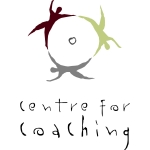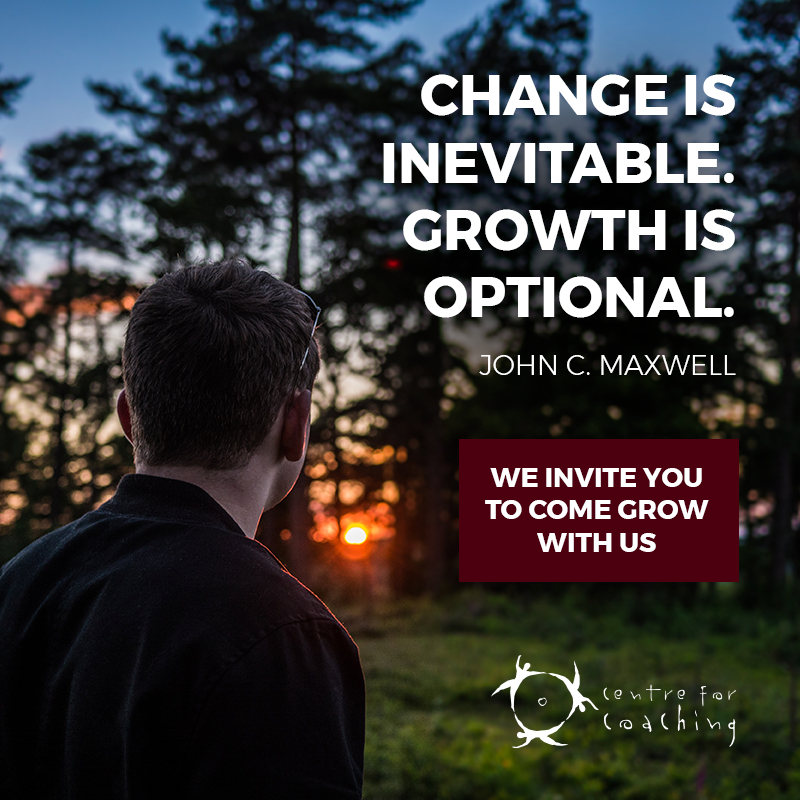Janine Everson, Director of the Centre for Coaching, explores in this first interview of a seven part series on The Secrets of Success in Coaching: “What a successful coaching strategy should look like for an organisation”.
In this series, The Secrets of Success in Coaching, Janine covers topics such as “The secret to making coaching more affordable”, “Developing leaders in the most effective way”, “Examples of exceptionally powerful coaching” or “The secret to dissolving conflict through active listening”.
In this first interview, Janine looks at what common mistakes companies make when integrating coaching into business strategy, and explores what ingredients a successful coaching strategy should have. You will find a full transcript of the interview below.
If you’d like a reminder on what coaching is, what makes a good coach and how to find the right one for you, watch Janine’s earlier interview “Coaching – a tool for personal and business’ success”:
THE SECRETS OF SUCCESS IN COACHING: What a successful coaching strategy should look like for an organisation
Daniel Schwenger:
Hello from the Dukascopy TV studio in Geneva. We are talking about the secrets for success in coaching and how to integrate coaching into the organisational strategy with Janine Everson. She is Director at the Centre for Coaching at the University of Cape Town. Welcome to the studio!
Janine Everson:
Thank you.
Daniel Schwenger:
So let’s start with some common mistakes in integrating coaching into the business strategy. What most common mistakes do you see?
Janine Everson:
Not all interventions have problems. But the ones that do, I’ve noticed that there isn’t a link; a clear link between what the coaching intervention is being designed to do and the human capital strategy and the business strategy. So what happens is you have people go, “Oh, coaching is a great thing. Let me go and get some coaches for my leaders” or “Let me go and get an intervention for this department.”
And you have different managers running around, pulling in different coaches from different schools of thought using different methodologies, and no clear link back to the overall business picture. And very often, managers look at this and say, “Well, it was nice, but how is that helping me to deliver better business results?” And for many people, unless they can see a clear link between what they’re doing and an improved result or an improved key performance score or some improved bonus, then they go, “But why should I do it?”
So what happens is businesses can spend a lot of money on ad hoc coaching all over the place. And yet, not necessarily see a coherent, coordinated impact.
Daniel Schwenger:
So what would a successful coaching strategy look like for a company?
Janine Everson:
We’ve done a few rollouts in different places in the world. And over the  years, what we’ve realized is this – there are a number of dimensions. So you’ll see on this graph – the first one is if people receive coaching on the vertical axis, it doesn’t even have to be from expensive, external executive coaches. You can have an internal coaching program going, as long as you’ve got trained internal coaches. The impact that it has on each individual can be profound and really helpful. So that’s the first thing.
years, what we’ve realized is this – there are a number of dimensions. So you’ll see on this graph – the first one is if people receive coaching on the vertical axis, it doesn’t even have to be from expensive, external executive coaches. You can have an internal coaching program going, as long as you’ve got trained internal coaches. The impact that it has on each individual can be profound and really helpful. So that’s the first thing.
The second element that needs to be in place is leaders need to want to learn how to coach – because not everybody does. But as part of their management style, as part of their leadership style, it makes an enormous difference if they are leading in more of a coaching way. People feel encouraged, it increases independence, it promotes performance. And that works really well, especially if they start being rewarded on these behaviors. So when they are given time to do it, and people are rewarded, they really embrace that.
But probably the key is “Is there a big picture context?” Is everybody from the CEO down – including the board, including the top team – are they involved in this? Do they give a clear direction as to what the focus is of the coaching? Why are you putting it in place?
For example, I had an organisation that was looking at making their business resilient to change; enormous change. How do you make people resilient to change? You make it clear that this is why we’re doing it. So that everybody who coaches or receives coaching is clear that there’s a pattern around coping with change.
Daniel Schwenger:
So how should a company best implement coaching? From the top-down or from the bottom-up?
Janine Everson:
That’s a great question. We often get asked that. And again, in our experience, always, whenever it starts at the top and it’s embraced by the top team first, and then we roll it out, it succeeds far, far better than when you start at the bottom. For one key reason – is people look at their bosses and they say, “Well if he or she is not doing it, why should I?”
And so, it’s somehow people look upwards to what their leaders are doing and they like to copy that. Because if they say, “Well if they’re doing that and they succeeded, then I’m going to.” They want the praise and recognition, and it works really powerfully from the top-down.
Daniel Schwenger:
Thank you very much, Janine Everson, from the University of Cape Town’s Centre for Coaching.
Janine Everson:
Thank you.
– END –
Centre for Coaching (Switzerland):
Established in 2002, the Centre for Coaching, an internationally accredited Centre for executive coach training and leadership development, is situated at the University of Cape Town’s Graduate School of Business (GSB), and is present in South Africa, Australia and now also in Switzerland. Its courses form part of the GSB Executive Education suite of offerings and are thus informed by both academic rigour and coaching practice. The Centre for Coaching links into over 25 years of cutting edge coaching course development and experience offered through its alliance with New Ventures West in San Francisco.
The next six-month Associate Coaching Course will be starting on 24 September 2015, at the Château de Bossey, near Geneva – an intensive six-month programme designed for participants to emerge as coach practitioners.




